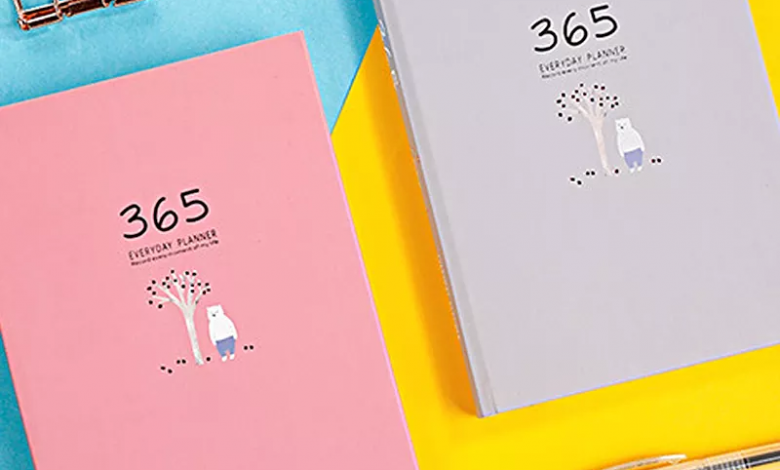Complete guide about Kawaii School

Unless you are familiar with Japanese culture, you probably have not heard the word kawaii, however, that does not mean you have not been exposed to kawaii culture. You have likely experienced it many times in your personal use of a – no less.
“Kawaii” means cute in Japanese. However, the word has detached itself from its limited means and has become a way of life — and even a way of life for some people. Kawaii culture celebrates cuteness and it has become ingrained in many components of Japanese culture, be it art, music, trend, or anime.
Kawaii culture in Japan:
Kawaii culture may additionally be prevalent in Japan as a modest concept. However, it did not take long for it to take root around the world and turn out to be a world sensation. It quickly took on many shapes and forms, the most famous being the acceptance of fictional characters as a capability of spreading positive thinking.
If the culture was once limited to some form of Japanese exoticism, we possibly would not write an article about it. But this is no longer a phenomenon special to Japan, as evidenced by the heaps of costumed adults lining up outside Comic-Con each year.
Bring your interest in the increasing number of famous Lolita fashion. Victorian clothing, fishnet stockings, braids, and ribbons – the fashion show at the V&A and different major fashion shows is some other shape of kawaii.
Root:
The word Kawaii comes from the Japanese phrase Kawaguchi, which means shy, cute, and vulnerable. The phrase evolved, and so did its meaning—until it grew to be related to modern cuteness.
Although kawaii school supplies as we know it nowadays is a fairly modern phenomenon, tips of the culture go all the way back to Japan’s Heian period. Art from this length depicts animals with human features and taking human form.
The Japanese consider that giving an animal a human character, and vice versa creates extra affection for the subject. This trait is a central element of current kawaii culture. The thought of girls wearing cat ears has turned out to be so famous that it inspired several Snapchat filters.
The influence of Kawaii culture has continually been present in Japan’s well-crafted history. But it wasn’t till after World War II that the way of life came together in its modern form. It all started with student protests in the late 1960s when Japanese university students fought against corruption in the education system.
Why Kawaii?
Kawaii culture can also have been used as a means of introducing Japan to the world, however, any analyst at the time will inform you that interest quickly faded. What we see these days is the specific opposite. Somehow, for some reason, kawaii has no longer only held on, however, it has grown and evolved. It is no longer a component of Japanese culture, however, it has several iterations in various cultures.
In conclusion:
Kawaii school products are best for kids to use in school work. Kawaii started as simply some other fad among preteens in remote areas of the globe. It evolved into a culture and emotion. It promotes individuality and freedom.





2 Comments